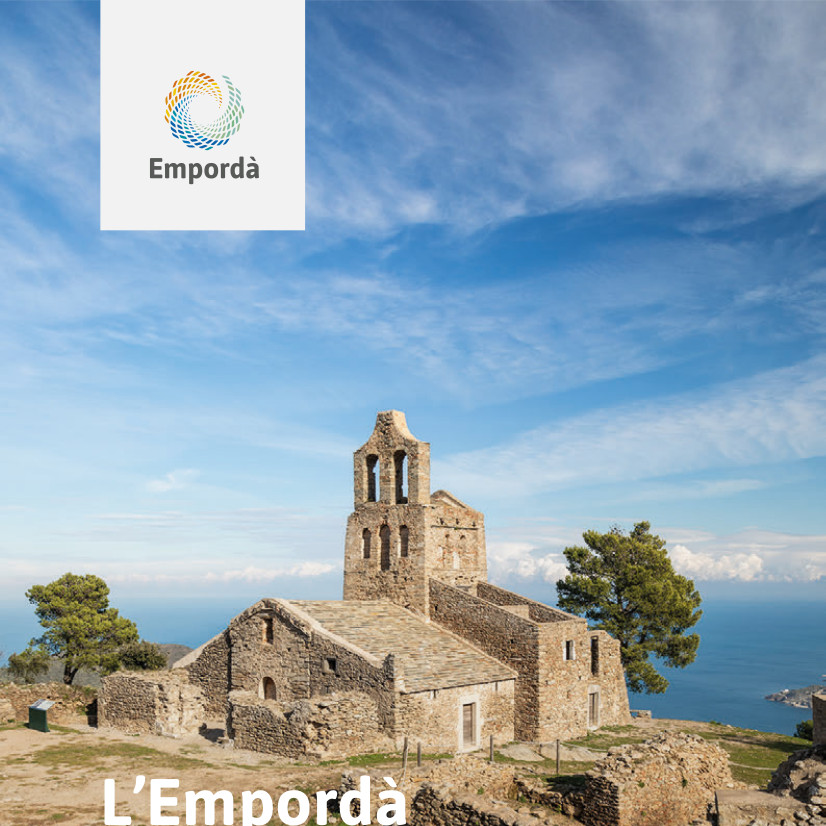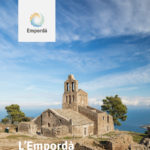Empordà Medieval is a project focused on the County of Empúries, which during its five centuries, generated a history and set up a territory that we can still identify today in many of the heritage elements that best identify the Empordà.
We propose 14 routes to trace the footprint left by the long and complex relationships from the ninth to the fourteenth century of the houses of Empúries, Barcelona and the Bishops of Girona and the people who lived during this period of our history.14 routes built to visit churches, monasteries and convents, castles and towns in 50 Empordà municipalities that developed during this period and that continue to exist, with routes ranging from 6 kilometers to 70. In the brochure that publishes, details the opening hours of the most notable points of interest or even the indication of where the key to visit it can be found.
History
Between the 9th and 14th centuries. Catalonia underwent a period of development, consolidation and expansion. The conquest of what was known as Catalunya Nova, and the conquest of Majorca, Valencia and other regions along the Mediterranean, meant that the Catalan feudal lords became wealthier under the auspices of the Count of Barcelona. Among these lords, who were rich and powerful, those in the Empordà region were particularly important, and they left a significant mark of the architectural heritage of their domains.
The medieval period was very important to be able to understand the Empordà region as it is today. There are magnificent samples of those times throughout the territory, which have given it is current configuration. It was a time of battle between feudal lords, particularly between those who had the most important domains and in the Empordà region, we should particularly mention, due to the extension of his lands, the powerful count of Empúries, who had a deep, lasting dispute with the House of Barcelona. However, in the end, he succumbed to its vassalage. Other minor battles and disputes with other lords, such as the Counts of Besalú, Roussillon, Rocabertí or Cruïlles and the Bishop of Girona, led to the territory being filled with fortified towns, castles and palaces, which left us with a region with a rich medieval architectural legacy.
Art
The heritage and artistic wealth of the Empordà Region is reflected in a large of number of buildings from different Romanesque and Gothic times, ranging from small chapels hidden in fairly inaccessible natural spaces through to monasteries which enjoyed periods of great splendour, rock castles, churches with Romanesque paintings, fortified towns, etc…
This rich legacy often had secular lords and ecclesiasts as its mentors who wanting to earn their place in heaven, commissioned and financed this heritage. We would particulary mention the Romanesque legacy in the Empordà region, which has given us a heritage of exceptional beauty and historical importance, such as Sant Quirze de Colera Monastery, which has the oldest Romanesque cloister with Capitals in Europe
Some of the most exceptional pieces of art from this period can be found in the Girona Art Museum (M’dA).
Detalls
- Rutes

